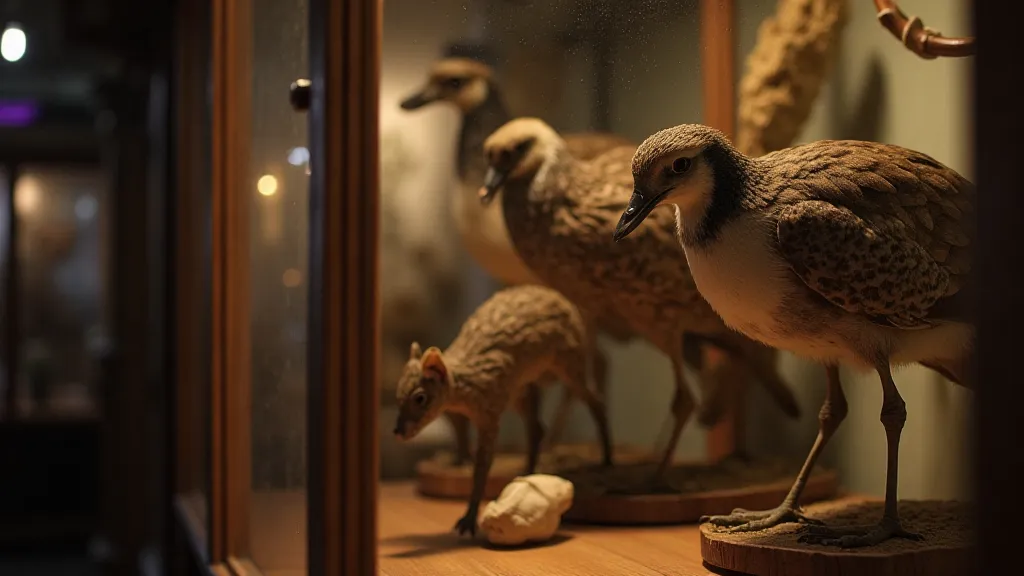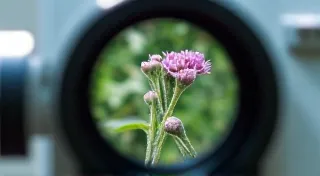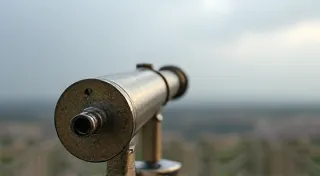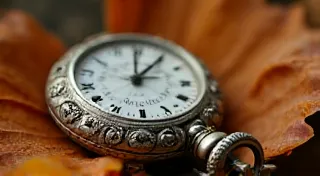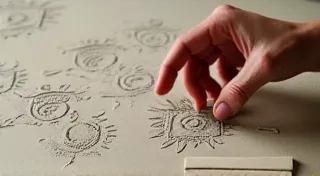The Forgotten Forms: Examining Lesser-Known Species in Antique Taxidermy Collections
The world of antique taxidermy is often dominated by familiar faces – the majestic stag, the fierce lion, the graceful wolf. These mounts grace museums and private collections, instantly recognizable symbols of a bygone era. But what about the others? The forgotten forms, the species that rarely command attention, yet offer a poignant glimpse into the historical lens through which we’ve viewed the natural world. They whisper stories of exploration, scientific curiosity, and the evolving relationship between humans and the animal kingdom.
I remember the first time I encountered one such creature. It wasn’t in a grand museum, but tucked away in the back room of a small, dusty antique shop in rural Pennsylvania. It was a Northern Bobwhite Quail, perched on a painted nest, its feathers remarkably preserved, its glass eyes gleaming with an unexpected vibrancy. It wasn't the usual prize. It wasn’s flashy or impressive. Yet, it was undeniably captivating. It felt…personal. Like a secret shared across decades.
It was a moment that sparked a deeper interest. It wasn’t enough to simply appreciate the artistry of the mount; I wanted to understand *why* this particular bird had been immortalized in this form. It led me down a fascinating, often surprising, path, revealing a history far richer than I initially imagined.
Beyond the Big Game: The Allure of the Uncommon
The popularity of taxidermy surged in the 19th and early 20th centuries, driven by a confluence of factors. Victorian fascination with natural history, the rise of scientific expeditions, and the increasing accessibility of firearms all contributed to the phenomenon. Initially, the focus was largely on “big game” – animals considered impressive trophies, symbols of conquest and masculine prowess. But as the art of taxidermy matured, and as interest broadened, a wider range of species began to find their way onto pedestals and into parlors.
Consider the case of the Passenger Pigeon. Before their catastrophic decline and eventual extinction, Passenger Pigeons were the most abundant bird in North America, numbering in the billions. As they vanished, taxidermied specimens became the only tangible reminders of their existence. A well-executed Passenger Pigeon mount is not just a piece of taxidermy; it's a poignant memorial, a stark reminder of the fragility of ecosystems and the consequences of human actions. The fact that so many were preserved is, in itself, a testament to their former ubiquity and a source of profound sadness.
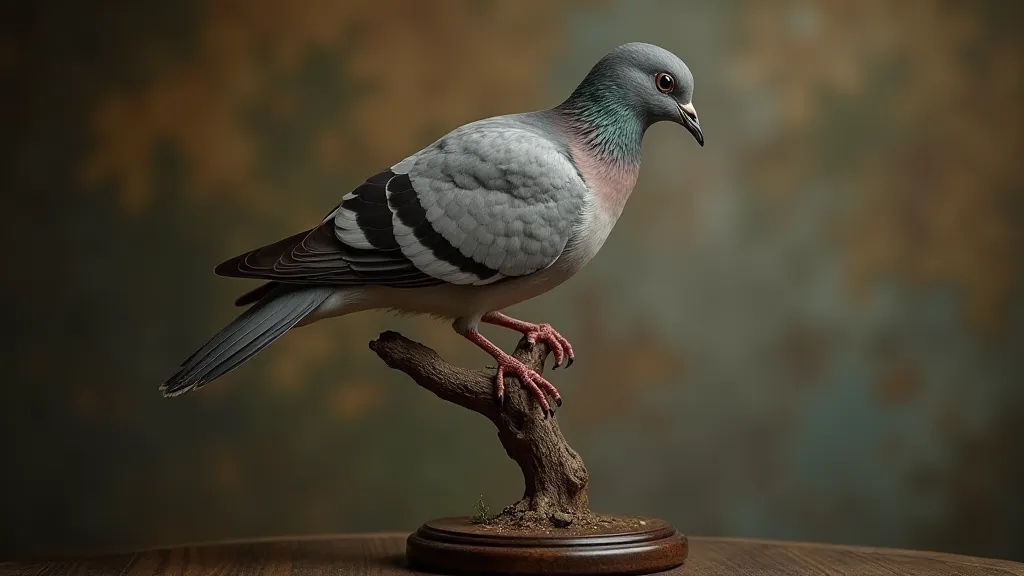
The Collector's Eye: Why These Species Matter
The presence of these lesser-known species in antique taxidermy collections is more than just a quirk of the market. It reveals a broader shift in human perspective. Early collectors weren't solely driven by the desire for trophy animals; they were increasingly interested in documenting the full spectrum of biodiversity. They sought to create miniature natural history museums within their own homes, showcasing the incredible variety of life on Earth.
Think about the appeal of a taxidermied Muskrat. It’s not a creature that inspires the same awe as a grizzly bear. Yet, their prevalence in 19th and early 20th century mounts speaks to their historical significance as a valuable resource - a source of fur and meat for many communities. Preserving a Muskrat mount isn't just about the artistry; it’s about understanding the historical context of resource utilization and the role of these animals in human livelihoods.
Moreover, the existence of a taxidermied specimen of a species that is now rare or endangered can be a powerful tool for conservation education. Seeing a physical representation of an animal, especially one that is difficult to observe in the wild, can evoke a deeper sense of empathy and inspire a desire to protect its habitat.
Craftsmanship and Context: Deciphering the Details
Identifying and appreciating these less-celebrated species requires a keen eye for detail and a willingness to delve into historical records. Examining the mount itself can provide valuable clues. The quality of the taxidermy, the style of the habitat, the materials used - all contribute to a narrative of origin and purpose.
Early taxidermy was often characterized by a more rustic aesthetic. The use of glass eyes, while commonplace, could vary significantly in quality. The artistry in posing and painting the habitat also reflected the skill and style of the taxidermist. Look for signs of aging - cracks in the paint, fading pigments, slight distortions in the form. These imperfections aren't flaws; they are marks of time, evidence of a life lived and a story waiting to be told.
Researching the geographic location of the mount can also shed light on its origins. Was the animal native to the area? Was the taxidermist known to specialize in certain species? Local historical societies and natural history museums can be invaluable resources for uncovering these details.
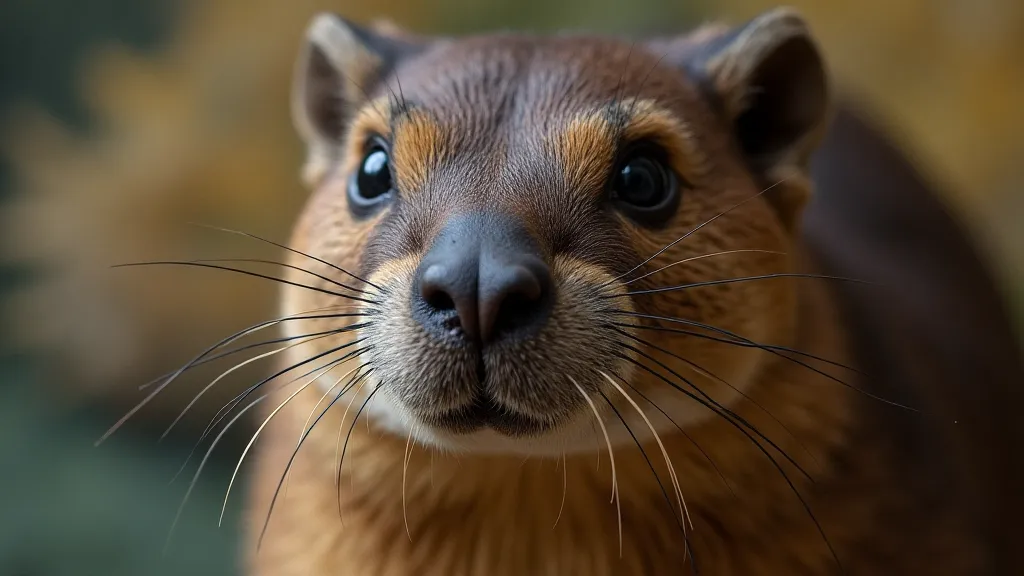
Preserving the Past, Informing the Future
Collecting antique taxidermy isn't just about acquiring beautiful objects; it's about preserving a tangible link to the past. It’s about honoring the skill of the taxidermists who dedicated their lives to capturing the essence of these animals, and about understanding the historical context in which they lived and died.
While restoration should be approached with caution – preserving the integrity of the original materials and techniques is paramount – a little care and attention can ensure that these forgotten forms continue to inspire and educate for generations to come. Consider consulting with experienced taxidermy restorers who specialize in antique pieces.
The next time you encounter an antique taxidermy specimen, take a moment to consider the story it holds. Look beyond the familiar faces and embrace the beauty of the uncommon. The Passenger Pigeon, the Muskrat, the Northern Bobwhite Quail - these are not just animal mounts; they are windows into a vanished world, reminders of what we have lost, and perhaps, inspiration for what we can still save.
